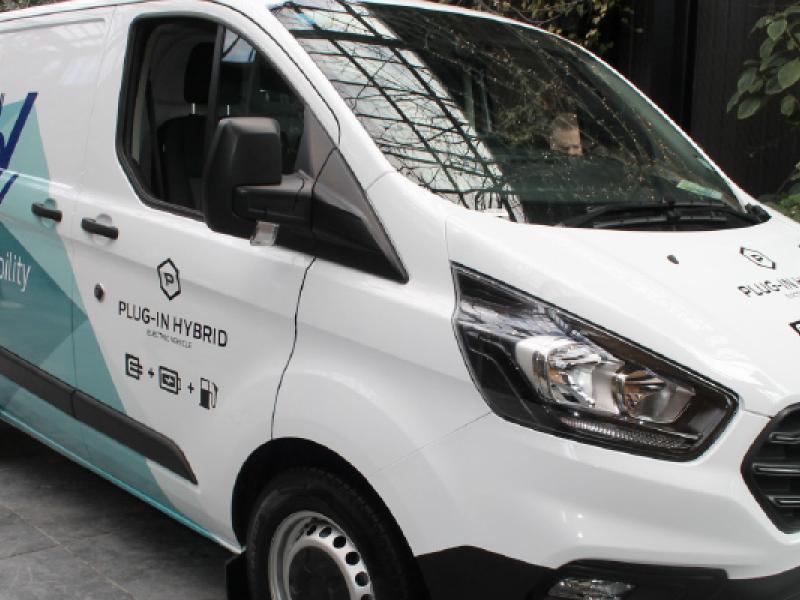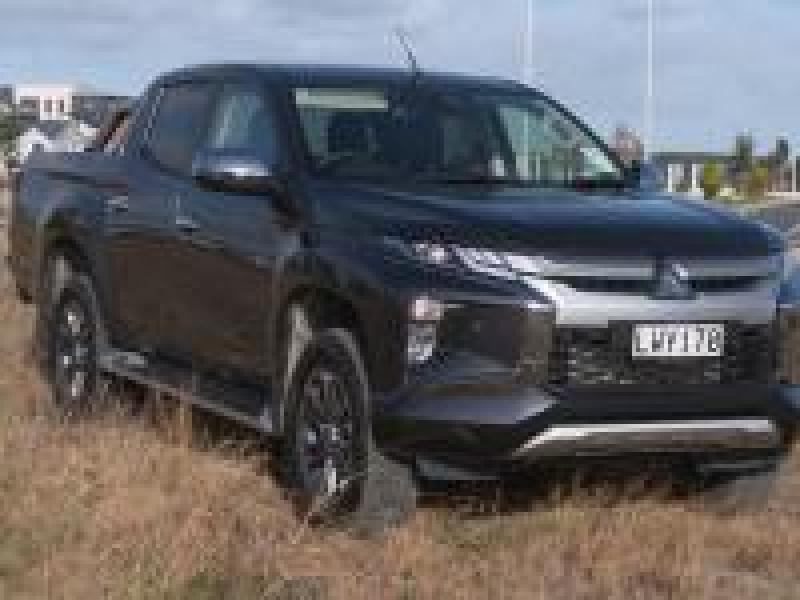When carrying out services on modern vehicles, workshops can no longer afford to take shortcuts to save the client money.
It’s been proven a big mistake for workshop owners to act as the client’s accountant as well as his mechanic. Some costly law suits have occurred due to the suggestion of shortcuts, only to find that if a failure occurs, the owner could flatly deny any such agreement existed.
Build-up of carbon in crankcase oil has been a problem for some time, but with common rail engines, usually turbocharged and fitted with EGR valves, carbon is building up in the inlet tract at an alarming rate in some engines.
EGR contamination differs from driver to driver and types of vehicles used. In our workshop we have removed the intake on engines at 30,000km and found very restricted manifolds although the EGR valve tests ok.
Others can travel 80,000 – 100,000km with no problem at all. Faulty units which may cause problems other than operational reasons could be EGR Valve, thermostats, performance chips incorrectly tuned/fitted.
Slow running and short trips, with the resultant low temperature operation appear to aggravate the problem. Apparently the harder the engine is operated (within reason); the less likely carbon build-up will occur.
Any build up or residue (aggravated by on/off throttle operation) cause air/fuel ratios to be altered. EGR valves then become sluggish in operation and the excess carbon particles are deposited in the inlet manifold. The resultant accumulation causes airflow restriction (see image) which in turn increases carbon particle production with reduced performance and increased fuel usage, eventually triggering an engine fault code.
Fuel additives don’t always get a good rap but with on-off throttle operation as in traffic, short runs or off-road driving, more attention is required. Fuel additives such as Flashlube’s Common Rail Diesel Conditioner, as well as being a sulphur replacement to lubricate the extremely high pressure pump, are proving very successful in maintaining the intake manifold airways due to cleaner exhaust emissions through the EGR.
Extensive tests indicate that regular use of additives will help keep the injector nozzles clean (which pulse up to 350,000 times an hour at 100km/h). Once carbon has collected in the intake system a thorough check of the exhaust gas recirculating valve and a mechanical or acid cleaning of the inlet tract is the only remedy. A full clean out would possibly take six to eight hours
It will be necessary to dismantle and remove the inlet tract, EGR valve, and manually clean the system. The best method would depend on the length of time taken for the build-up to occur and the engine operating temperature. Soaking in acid bath and/or manually chipping or sandblasting appear to be the preferred methods. Polishing the area may reduce the tendency for build-up to occur.
Contamination of crankcase oil is reappearing in more cases seemingly with the similar circumstances i.e. slow, cold driving and stop start operations, unless two or three trips of an hour of more are undertaken at least once a week, engine oils may need to be changed at 2–3,000km intervals to prevent serious (read costly) engine damage. Some engines are impossible to repair once the oil has become thick with carbon.
Some advice to offer to owners of late model diesel vehicles:
- Due to heated fuel being returned to the tank, keep fuel tanks as full as possible (to minimise algae growth).
- Fit an extra fuel filter for added protection.
- Avoid short runs (if possible).
- Run a “continuous use” fuel additive to lubricate the high pressure pump and to keep the injector spray pattern like new to reduce harmful emissions.
- A good hard run at least twice a week (every week) is advisable.






